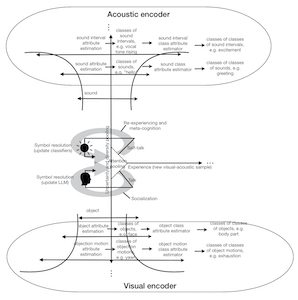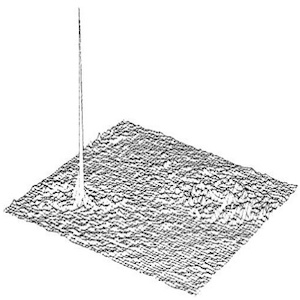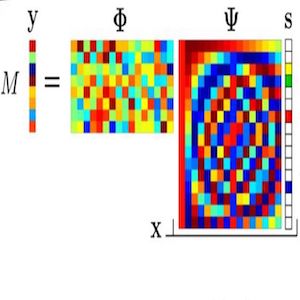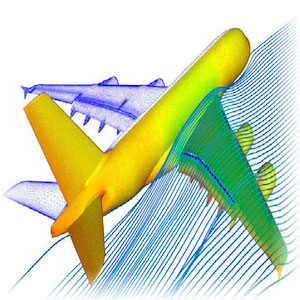DOD TS//SCI-cleared top talent mathematician, machine learning and signal processing expert with background in the mathematical and computational sciences possessing analytical expertise and experience in real-time and high-fidelity concept-to-prototype design and implementation concerning waveform analysis, wideband radar system design, unsupervised deep learning, real-time tactical adaptive beamforming, localization and communication, and high-fidelity pseudospectral methods.
Reviewed literature, implemented prototype models and pipelines for an AI-based landslide detection and warning system implementing multispectral optical, ultraviolet, and synthetic aperture radar satellite-based data.
Developed, modeled, and proposed emergent unsupervised deep learning-based EW techniques and a suite of strategically relevant wideband waveform capabilities concerning a mobile solid state radar system. Designed and implemented a prototype integrated CV-NLP architecture via a novel generalized factorized hierarchical variational autoencoder instrumented together with SOTA fine-tuned multimodal foundation LLMs.
Developed an integrated microwave transceiver UPA, acoustic ULA and UCA, optical and IR sensors with novel fusion techniques for ML spatial awareness and object recognition using image processing techniques in Python. Identified more than $8 million in total annual product maintenance cost savings opportunities by modeling an extended operational range of mission-critical components for tactical avionics signal processors in MATLAB-based simulation suites in a Linux environment. Developed I/CRAD proposal and prototype material for a recursive filter involving a wideband refined adaptive beamformer technique.
Designed, implemented, validated, and live-system tested SOTA localization and wideband electronic protection algorithms and recursive filters in C/C++ and MATLAB-based simulation suites and tactical codebases in a Linux environment addressing emergent threats for tactical combat radar signal processors, their digital twins, and a suite of end-to-end sensor simulation products directly leading to a significant new contract award. Developed requirements specifications for future weapons systems via analysis of aggregate subsystem-, simulation-, and model-generated datasets. Delivered, designed, implemented and formally validated and verified both a componentization and productization of legacy models and a cross-model subsystems integration effort for the U.S. Missile Defense Agency. Designed adversarial attack for deep learning characterizations of ICBM threats.
Co-invented, patented, and developed a live-fire infrared field projection system in C/C++. Led technical IR&D and systems integration for a U.S. Army SBIR. Designed and implemented a hardware system configuration to synchronize beam modulation/beam steer and subsequently delivered the first major laboratory prototype verification experiments to the Army. Designed, assembled, and experimentally validated infrared-resonant films for optimization of scattering and thermal loading properties. B&P PoC.
Analyzed semi-discrete dynamical systems, derived holomorphic mechanics models using perturbation methods, designed and programmed generalized algorithms, executed extensive numerical methods in HPC cluster architectures, and developed novel data analytics using advanced statistical methods. Provided instruction in various undergraduate courses.

The aim of this work is to develop a social and emotional regulation network using a prototype platform for detecting, tracking, and classifying socioemotional data. Initial efforts are directed toward unsupervised learning with variational autoencoders as a precursor to establishing a theraputic constitution. Our autoencoding facilities are designed to capture complex human behaviors within the space of physical gestures and utterances specified at the lowest temporal scale by instantaneous face, body and pose landmarks and phonemes.

Synthetic discriminants are reviewed. A numerical method is implmented and discussed.

The problem of reconstructing a signal from incoherent measurements is discussed. Numerical methods for this problem are implemented.

A framework for the derivation of the so-called Theodorsen function is provided. The function is investigated using numerical techniques. Numerical simulations of unsteady aerodynamics in two dimensions are provided. Note: This file has embedded video content that can be accessed using Adobe Reader. Since the file is large, it is stored off-site in Google Drive.